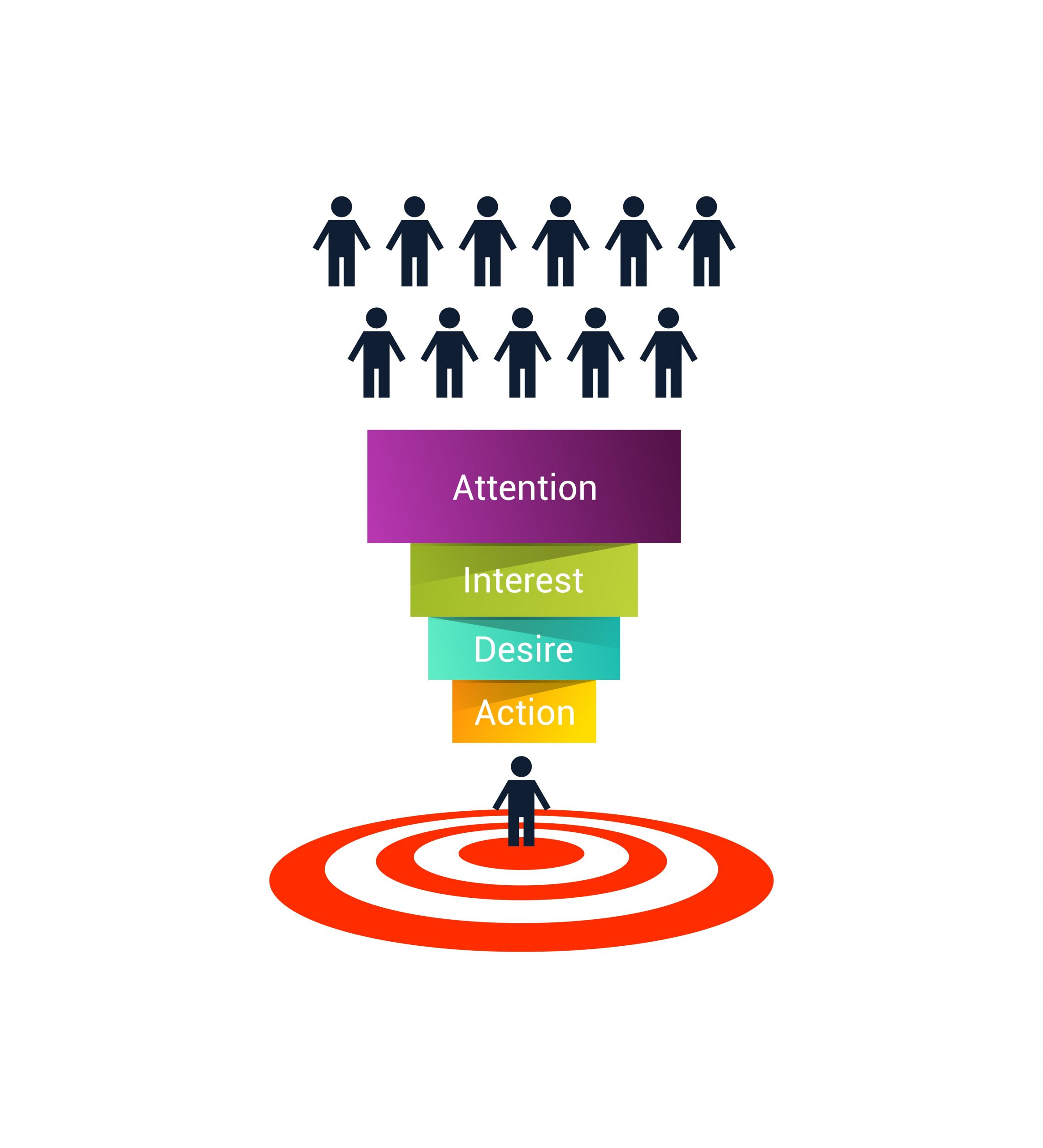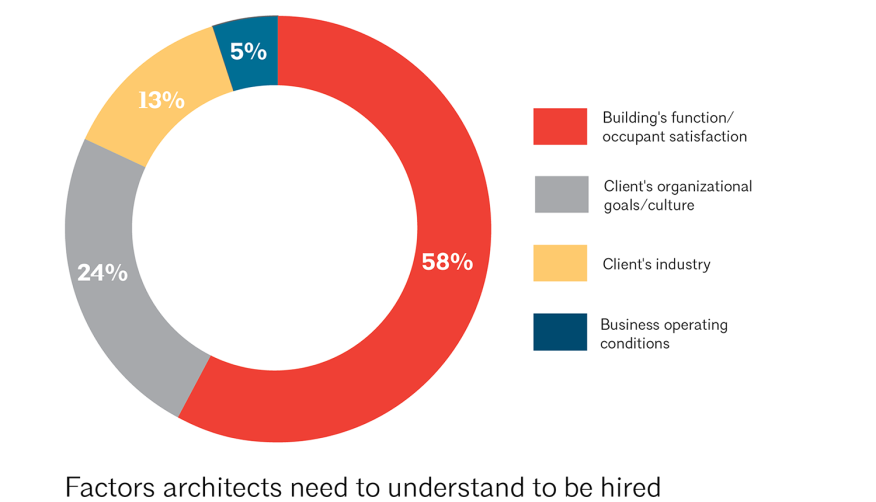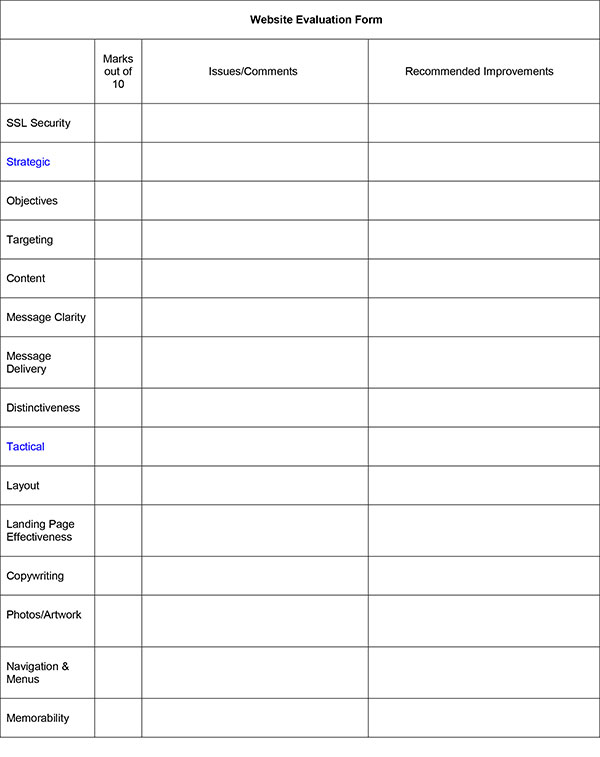Architects
New prospective clients who are ready to ‘hire now’ are mostly in comparison shopping mode.

If you don’t have a relevant strong value proposition or differentiation, you will either have to rely on referrals (too few, too slow), or clients who will evaluate you based on your fees (the wrong clients).
We can improve this situation by an increase in your :

Reputation is not only what you have done but how it is perceived. And perceptions can be altered by many factors.
Branding
Elevation of your image or brand (many ways to do this, but more medium to long term). Investment in this will repay you 10 times over and more within 3 to 5 years as you reposition yourself into higher value clients who trust your judgement more and don’t waste your time. (Ecommerce Foundation).
By being branded you circumvent most of the tick boxes as “given” and get onto a shortlist immediately.

The assumptions people & companies make when you are a Brand.
Otherwise it’s a tickbox and fee justification process.
When do you become a brand ? It’s when most of your target markets know who you are and what you stand for. And most is more than 50%. (Ref: Media Relations PR Agency).
Once achieved, a knee jerk reaction to hiring you without referreral to criteria occurs. Under the brand scenario fees become more inelastic and you pick and choose your who you take on as clients.
- Giving you a better understanding of the company selection process (firms are not only selected on a checklist of criteria – there’s much emotional input, such as personality chemistry, how creative you are, whether your designs are their thing and many more. Selections are based on target groups).

This is just an overview and percentages differ in each industry but when details are unravelled there is much that can be done to secure higher value clients. Your time is the same whether your clients are low or high value so clearly more beneficial to have higher value ones.
By understanding this you will be a “good fit” for many individuals and companies that would have otherwise dismissed you. This can be done in several ways.
Eg: Being on the shortlist for small or medium developers is a good target for many Architects as the business is often repeat. There are strategies for this both in terms of who and how prime decision makers are contacted and with what proposal.
From professional media planning, to proper lead generation tools and a proper ebooklet that is included with any proposal that goes into more detail as your relevant differences than your web site does. This highlights you in a way to prevent direct price comparisons. For booklet examples: https://greatresults.net/ebooks-ebrochures/

Are Recommendations Enough ?
In the old days recommendation was one of the primary ways a professional firm got business. And it took time before you got established enough to do this.
But in today’s world google, social media, Pr and what you have to say and how you say it on your web site (and other communication media) determines whether you get shortlisted /chosen or not. This is because of the easy accessibility of comparative information, recommendations and online articles aswell as social media.
Like any other profession the key to the most effective web design for Architects is understanding the way in which prospective clients choose which firm to use.
And that is exactly how we can help you. We understand their mindset.
Hirings outside branding are a Process, not an Event
And by understanding this is a process rather than an event will enable you to understand that by maximising the opportunity at each stage brings the highest level of results. The process is AIDA, a well known communications concept, used by expensive advertising and PR agencies.
But we bring it to you affordably.

It of particular use when obtaining medium to large contracts as it embeds associations between the type of work you do and your name/brand.
Anecdote
There are individuals and firms who specialise in designing logos for companies. Not architecture but the parallel is how they are able to deal with clients as a result of their reputation in the market for logo design. Typically £1m a logo is charged. (Too late to recriminate now about the design profession you chose !)
The logo itself takes 5 to 10 mins to draw. But the conceptulisation can take an indeterminate amount of time. Anything from 30 mins to 6 months ! However the people who do this do not charge on a time basis. They charge because of who they are.
The reason that firms hire at this level is risk related. Being a known brand they know people who operate at this level will get it right. The risks of getting it wrong mean wrong website identity, advertising, office signs, stationary and consequent damaging associations.
Our own post office got it wrong when they paid £2m to have the new name Consignia with logo in 2001. They quickly wrote off the loss and reverted back to Post Office (check out the story online).
Once you are a brand, firms hire you not only because they consider that you automatically tick all the boxes, it reduces risk.
Risk, Risk and Risk
All medium to large professional organisations use data to reduce risk. Small ones do not because they think they know enough about their markets not to have to. Besides they get enough clients so why should they ?
A: Because by knowing more about higher value customer markets enables them to enter with much reduced risk. ie: It enables up to 10 unit architects to enter much larger markets, normally put off by more specialised competition.
As with other professionals there is a mixture of reasoned and emotional content, and the proportions differ depending on what segment of clients are making the decision. Like any other profession the danger lies in the assumptions made in what different segments of clients are looking for. Thus the standard approach used by Architects is to make a list of all the benefits of dealing with their firm along with a list of past projects.
The idea is that in order to show themselves in the best light to everyone in their target groups you say whatever you can, and each party will select what is relevant to them. This is deceptively inviting to do and most professionals from all fields aswell as non-professionals do it.
But doing it creates weaknesses which can be exploited by other firms because you come over as either all things to all people or close to that with nothing special to offer.
Improvements
Improvements can be made in terms of emphasis and central message because unless they have access to client decision making data it comes down to “best estimate”. And as an architect you know the exact answers matter, not guesswork.
In fact what any professional needs to know are the decision making criteria for hiring your firm by prospects, whether you are a small firm of Architects or a one man band.
What is wanted
You may think past projects and who you have worked for is key. But all the evidence shows there are more important considerations.
On reviewing different sectors for hiring architects these seem to be the the most common:
Innovative and exciting with a passion for design.
Brilliant architects don’t just save money, they make value.
It comes down to brain power, rationality of thought, clarity in brief assessment, management of time and focused delivery.
This is just a small sample to show how varied clients can be with what they look for but they do have some things in common. These clients are all medium sized but smaller clients have criteria aswell.
Different Message Emphasis
You can see the different emphases in messaging where some firms rely heavily on past projects having numererous photos of completed projects almost on entering the site, whereas others rely more on certain specilities and others in creative designs.
The answer is to use a web Architect, not an ordinary designer.
Web Architects
Like building architecture web architecture involves drawing up plans, taking a brief from the client to realise what they are trying to do (ultimately get more clients) but introducing steps to doing so on the web site and explaining what, how and why it works.
If you know the answers to all of these, you don’t need a web architect :
a ) Who your best targets are
- b) How to best reach them (many methods to choose from)
- c) What combination of media
- d) What your focus messages should be
- e) How they should be delivered
f ) What should and should not be said
g ) What your optimal spend should be
How do Clients select ?
Without knowing this how can a website be properly designed for you ?
It depends on the client sector but, for example, Business Buildings :

- Specifics
Once the groundwork (as above) has been established building (or improving) the website can begin. This encompasses the copywriting, illustrations, content (vital to get right) and more. In particular video.
- Video
For Architects it has been proven those with video on their website stand out from the crowd, and the more professional the video the more professional the firm is associated with their assignments.
Video brings past projects alive, and can show your creativity and other things that make you stand out. As discussed under the “website” heading of this website, explains how video puts you to the top of the search engines, especially google, without paying a penny.
- Ebooklet Prospectus
An ebooklet supplement is like sending an electronic prospectus with any proposal or quote. It helps to ensure you are not compared purely on a fee or cost basis.
https://greatresults.net/ebooks-ebrochures/
- Website Messages
The professional part is in knowing what message(s) to deliver for whom, how and why.
- Driving Traffic to your website
There is no point in having the world’s best website if no-one views it.
In the old days recommendation and word of mouth was the way forward. But with so much competition and the changes in how clients now select practices attention now has to be given to how to drive traffic to your website.
It is a complete waste of opportunities to only use the website in a similar way to a brochure, ie: just referring people to it passively when all the evidence points to potential clients being influenced by social media and search engines.
- Why advertise ?
Why advertise at all when you can get new customers without having to? Because if you do it correctly you will be able to pick and choose whom you work with. There are many places to advertise and a few key decisions to make. If you don’t know the ropes, don’t try it yourself or you will either get impaired results or lose money.
And that is the difference between DIY, hiring others and Great Results.
- Email or call us for advice on any of the above.
